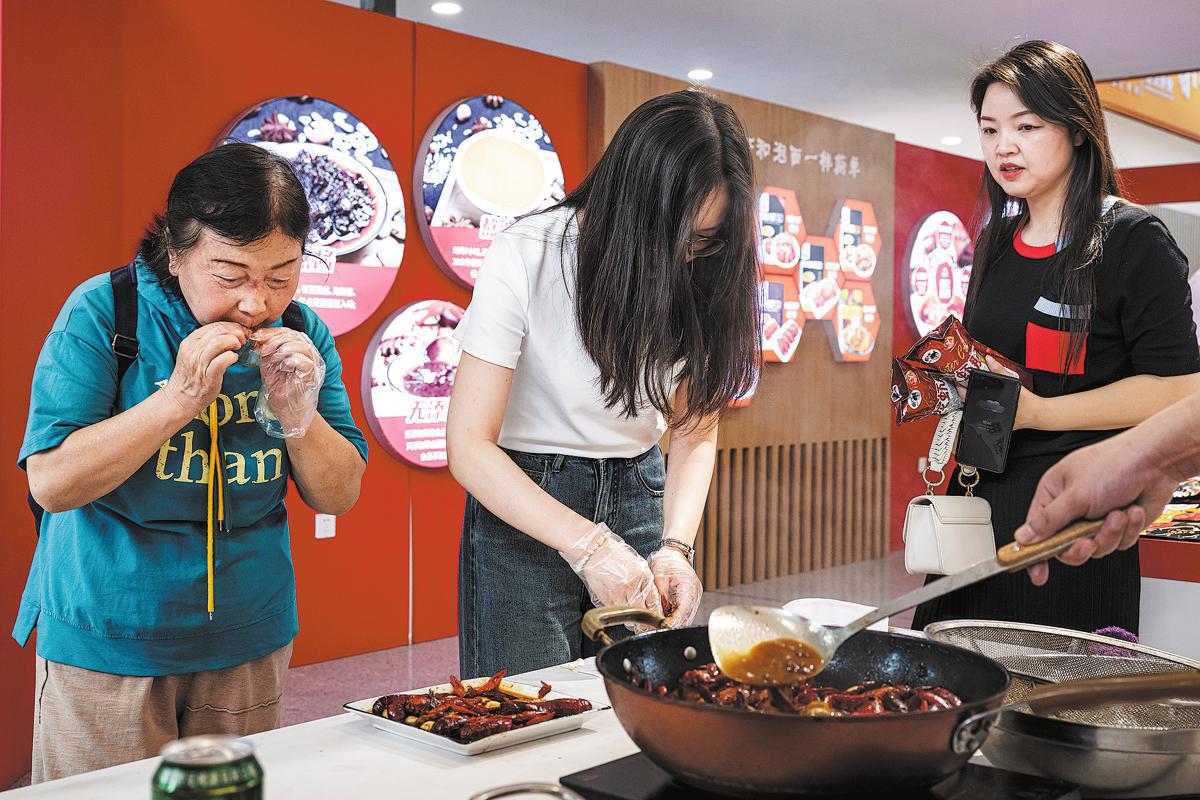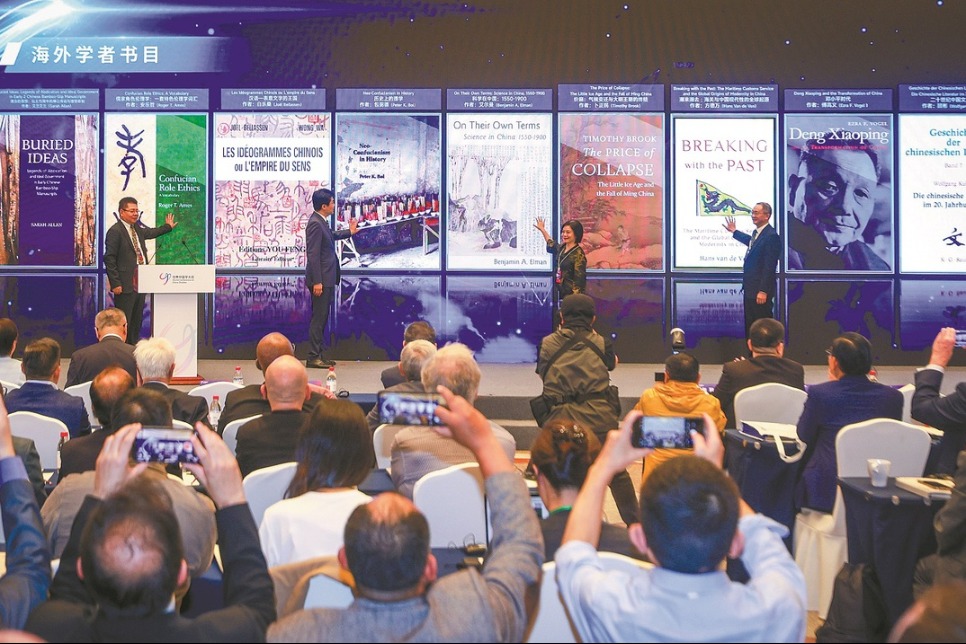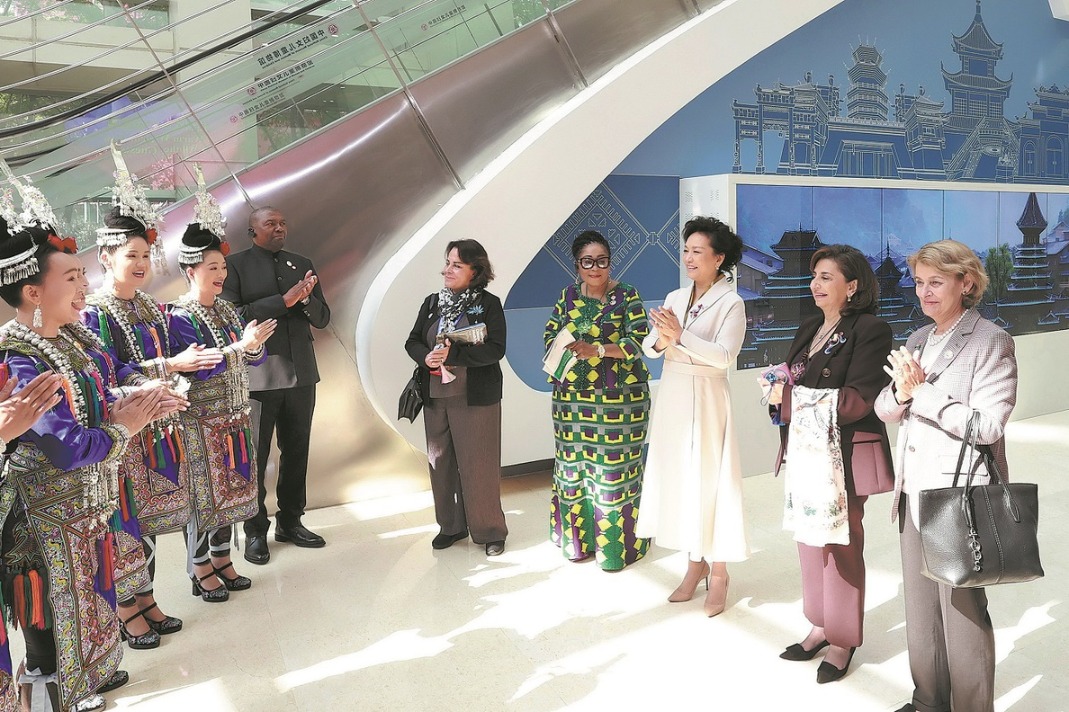Farmers diversify field work to double rewards
Side-by-side cultivation of rice and crayfish creates sustainable, profitable model


The recycling of rice straw, which is plowed back into the fields instead of being burned, improves soil fertility and air quality. "It's a form of circular farming that people here accept because they see the benefits," Liu said, adding that local scientists are studying the long-term effects of straw recycling on soil structure in order to manage the balance.
Qianjiang began experimenting with rice-crayfish farming in the late 1990s, but for years it was seen as a novelty. However, as incomes rose and the ecological benefits became clear, the model spread. Today, Qianjiang's fields are dotted with bases of every size — 13 large-scale sites spanning more than 666.67 hectares each, and 70 mid-sized bases over 66.67 hectares.
Yang Yungang, deputy director of the Qianjiang Crayfish Industry Promotion Center, said the city has built a full industrial chain around its paddies. Some 19 processing companies and dozens of smaller factories turn raw crayfish into packaged dishes, snacks and condiments.
"Shrimp Valley, China's largest crayfish trading hub, funnels hundreds of varieties of prepared crayfish to restaurants, supermarkets and e-commerce platforms across the country," Yang said.
























